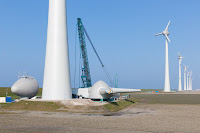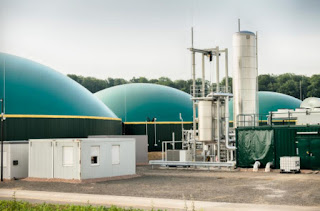Sand consumption today
 In more and more parts of the world, the availability of sand is becoming increasingly difficult or even impossible for the construction industry.
In more and more parts of the world, the availability of sand is becoming increasingly difficult or even impossible for the construction industry.Gigantic sales are now being made with sand.
Millions of tons of sand are transported to the oceans each year, and demand will continue to rise.
Example
- Over 47 billion tons of sand are mined annually
- For a standard house you need approx. 200 to of sand
- For 1 kilometre highway you need approx. 30000 to of sand
- Global sand business is 70 billion US Dollar/year

Types of sand extraction
- Sand mines
- Sand from rivers
- Beach Sand
- Sand mining in coastal area
WPE DK is manufacturer of UHPC Desert Sand Binder for more than 10 years. This binder system is mixed only with desert sand and a little water. Now there is the 3rd development stage of UHPC Desert Sand binder. This new generation differs significantly from the 1st generation in strength, workability, sustainability and much lower CO2 footprint. The latest generation can also be produced on site with local raw materials without any problems.
For us as WPE DK, the sustainable future has begun with desert sand.
Phone: 0049 176 601 73146
E-mail: info@wpe-dk.dk
Homepage: www.wpe-dk.com

















































